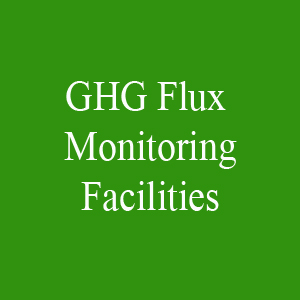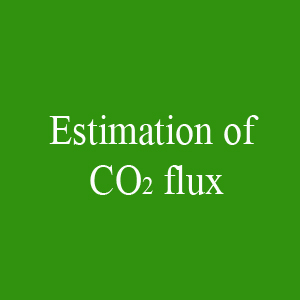Latest Updates
-
Identification of the sources and sinks of GHG from observations of GHG fluxes over network of Indian stations covering different ecosystems
- India has several climate zones and has a wide spectrum of forest habitats that include tropical rainforests, alpine vegetation, temperate deciduous forests and coastal wetlands. The total forest cover of India is 78.37 Mha (Forest Survey of India report 2009). Studies conducted in India on forest carbon have been mostly to estimate carbon stored in the biomass and forest soil and emission due to land-use changes, which are based on field surveys, remote sensing techniques and models. These estimates need to be verified using direct Eddy Covariance measurements to properly understand the source/sink nature of Indian forest ecosystems, and their spatial and temporal variations.
- IITM has setup three flux tower sites over tall forest and mangrove ecosystems. The ecosystems are representative of i) a high altitude (~7500 ft) evergreen deciduous forest over eastern Himalaya at Darjeeling, West Bengal ii) semi-evergreen forest at Kaziranga National Park, Assam and iii) Mangrove forest at Pichavaram, Tamilnadu. Measurements at these locations include carbon, moisture, heat and momentum fluxes, soil CO2 flux, surface energy balance components, soil moisture and soil temperature at multiple depths. The Pichavaram site also includes CH4 flux measurements. CO2 flux and complete energy balance component measurements have also been planned at Mahabaleshwar, Maharashtra over an ecosystem representative of northern western Ghats region and also at a central Indian site, the Sagar University at Sagar, Madhya Prdesh.
-
Collaborators for the Ecosystem Exchange Study
- Prof. K. K. Baruah, Tezpur Central University, Tezpur, Assam
- Prof. Anand Karipot, Savitribai Phule Pune University, Pune
- Dr. Abhijit Chatterjee, Bose Institute, Kolkata
- Dr. V. Selvam, Director, Swaminathan Research Foundation, Chennai
- Prof. P.M. Mohan, Pondicherry University, Port Blair, Andaman & Nicobar Islands
- Dr. S. Kumaresan, Annamalai University, Chennai





